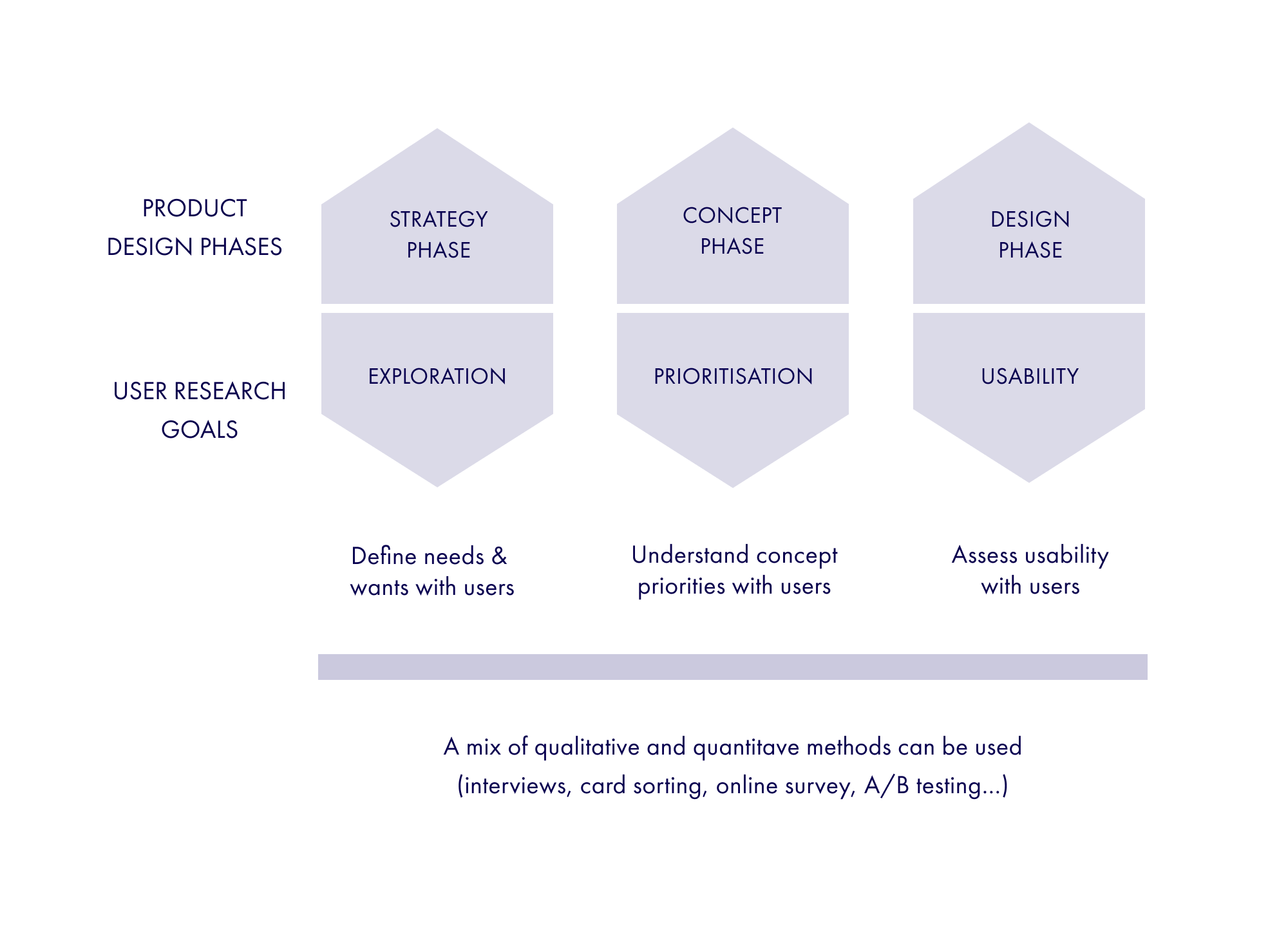HOW I WORK
My expertise is end-to-end product design from inception through launch with users at the center of my process. All in close collaboration with tech professionals.
From design strategy and interaction design to user research, I believe that all of these disciplines should be thoroughly considered for a successful UX-centered product experience.
My approach to any challenge is both strategic and creative. I like to say that I am able to see the forest ⛰ while working with a single tree 🌲😊.
I see the challenge from above to understand how big it is and have the complete picture of it. Then, I define strategic steps to work on it. This process is highly collaborative: I collaborate with relevant stakeholders from different disciplines to gather their point of views and articulate clear areas of focus. Based on this, I explore solutions creatively — keeping in mind both user values and business objectives.
design strategy
In the context of product building, a design strategy can be defined by understanding the core product goal and vision. On a high level, I believe that a product vision should be such that it considers users, their needs & wants (UX), meet business objectives but also distinguishes it from competitors, and foresees market trends.
I like to look at all of these dimensions holistically, assess them closely with relevant teams in order to bring clarity to the product goal and vision.
Based on this exercise, I capture the big picture. I define the key design directions that would help the team get closer to the vision. It is ultimately about defining the core experience that the product/service should focus on.
In this phase, the power of design is the ability to turn the abstract into the concrete by visualizing what the future could look like, the core experience — can be low-fidelity wireframes, high-fidelity visuals, or a prototype. You use it to align to business objectives and user values, evaluate tech capabilities. Then, set concrete set of actionable steps in order to execute.
UI / INTERACTION DESIGN
I am able to translate high-level product requirements into concrete, tangible UI / Interaction design ideas.
In this phase, I try to focus on the core experience that the product attempts to deliver and design around it. I test with users and iterate via low-fi mockups or high-fidelity prototypes depending on the projects. All until the right user experience is delivered.
I work mainly with Figma for any hands-on design. I am also familiar with other design tools, sketch, abstract, framer, principle, adobe etc…
User research
As a UX practitioner, I am fully experienced with a wide range of UX research methodologies, integrating the right ones at the right time in the product design process in order to collect valuable and relevant insights.
If there is a dedicated research, I collaborate closely with them in order to best inform the design/product decisions using quantitative/qualitative data.
As a general practice, I like to triangulate: I combine two (or more) methods to validate a hypothesis, with quantitative and/or qualitative studies.
COllaboration (remote / on-site)
In the industry we are, it is a constant challenge to align ourselves between different points of view and requirements — whether in engineering, design, or business. Collaborative sessions such as workshops are the best ways to gather multi-disciplinary teams, work together towards a common goal (or, to define it together.)
In whichever product development stage I am, I collaborate proactively with relevant team members.
I organize and drive the sessions - whether it is to clarify the problem space or to ideate solutions together through user-centric design methodologies and frameworks. When working remotely, I use a wide range of online tools to facilitate it.
I like to structure workshops in such a way they lead to a clear outcome. I also enjoy working on new ways of collaborating by rethinking known methodologies, such as how to run a user journey workshop, a practical workshop guide I published on Medium 🌈
DESIGN PROCESS
UX is about problem finding and solving with users in mind in an iterative design process.
In whichever product design phase I am, I diverge and converge. I open out to explore all the possibilities when diverging. I converge through a process of prioritization & elimination. All of this until there is a clear problem statement and an appropriate solution is delivered.
TEsTIMONIALS


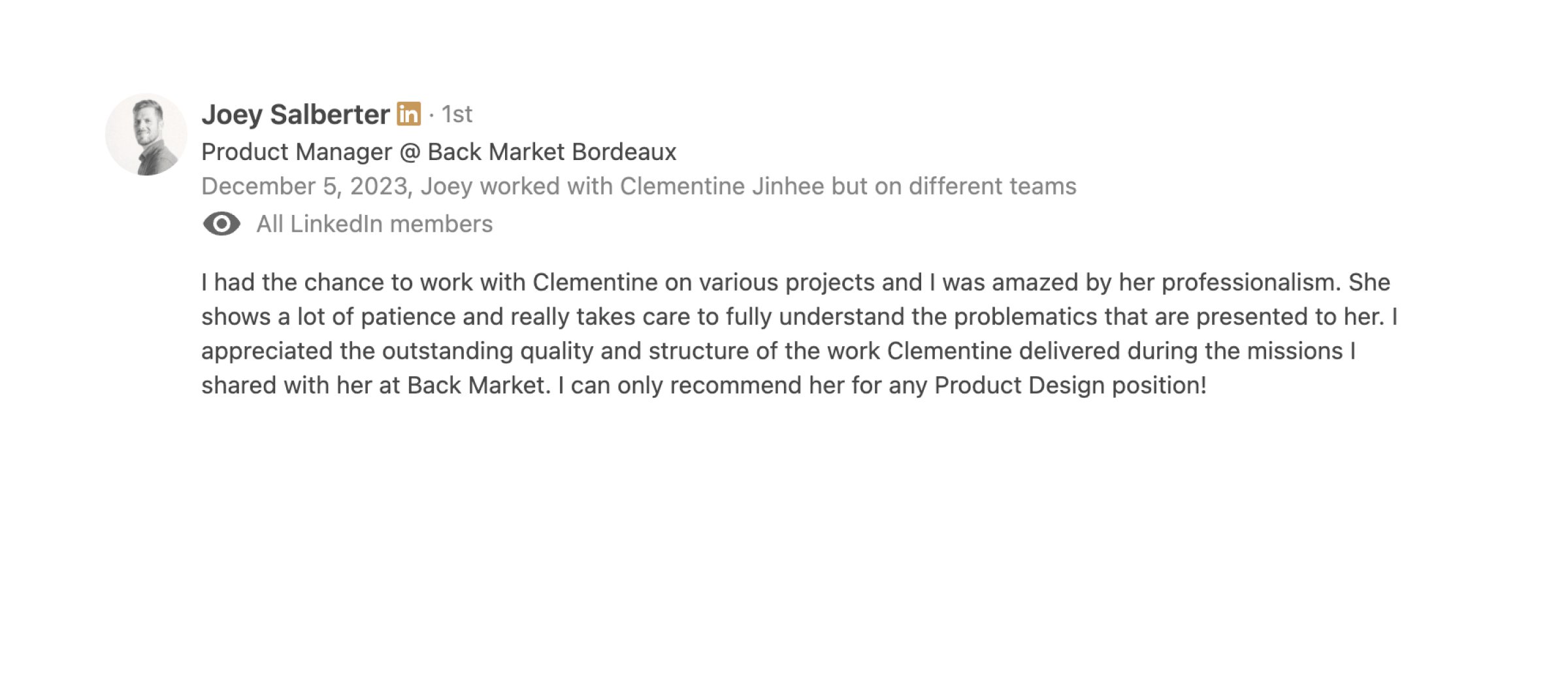
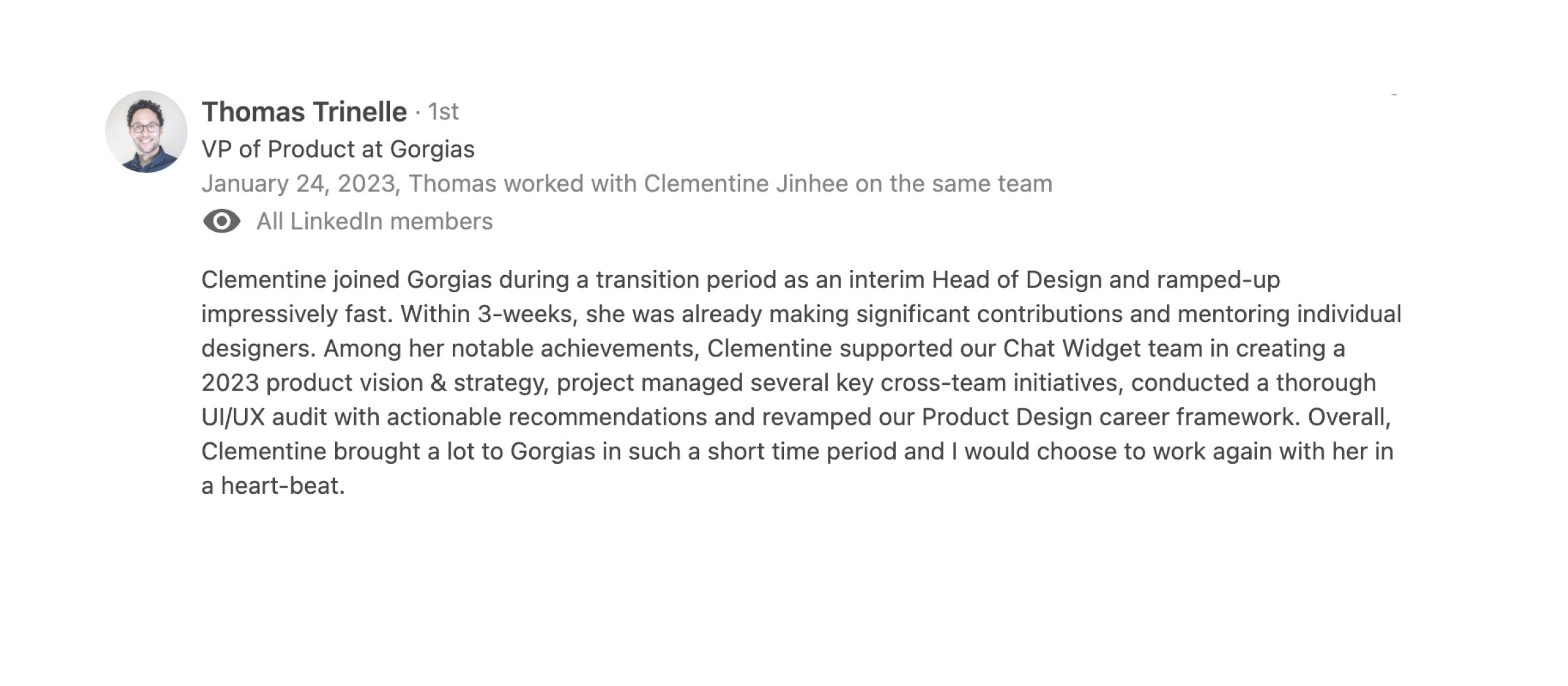
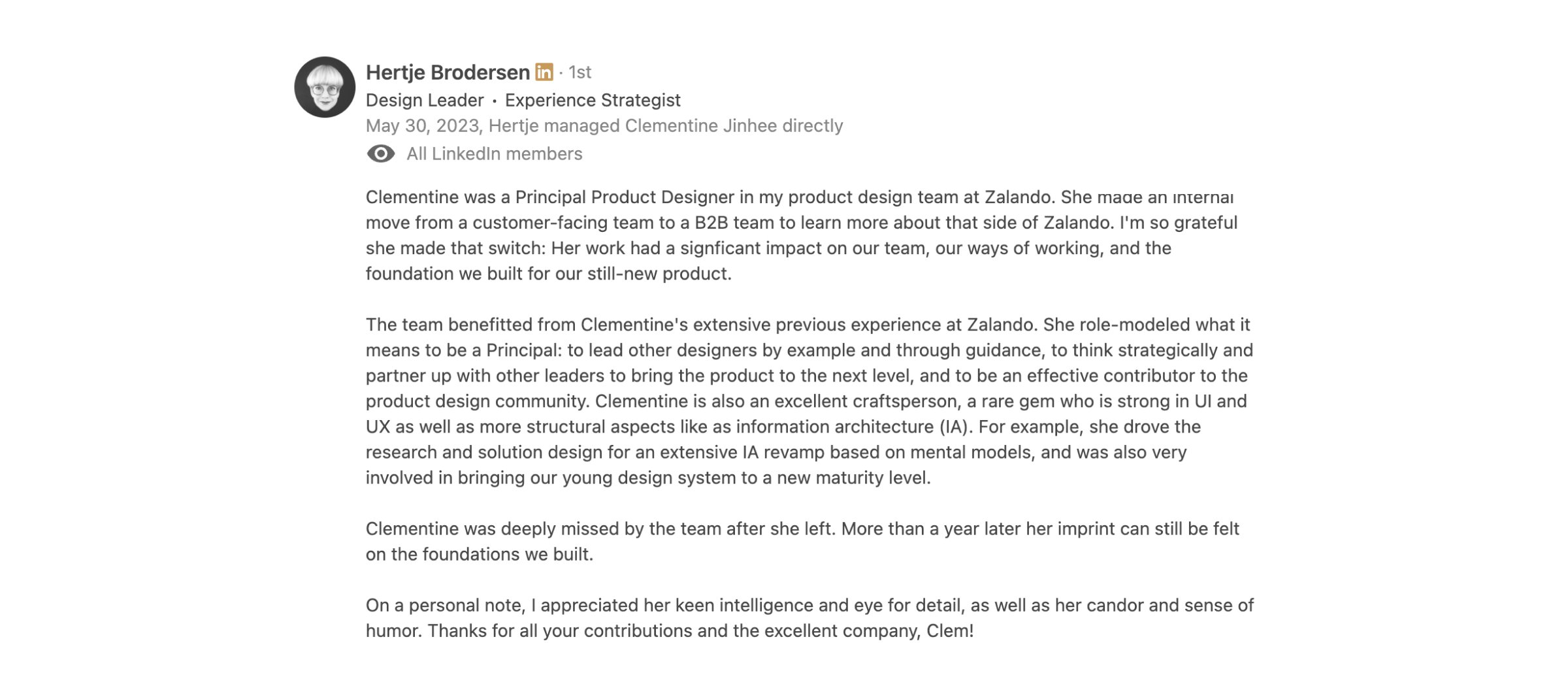
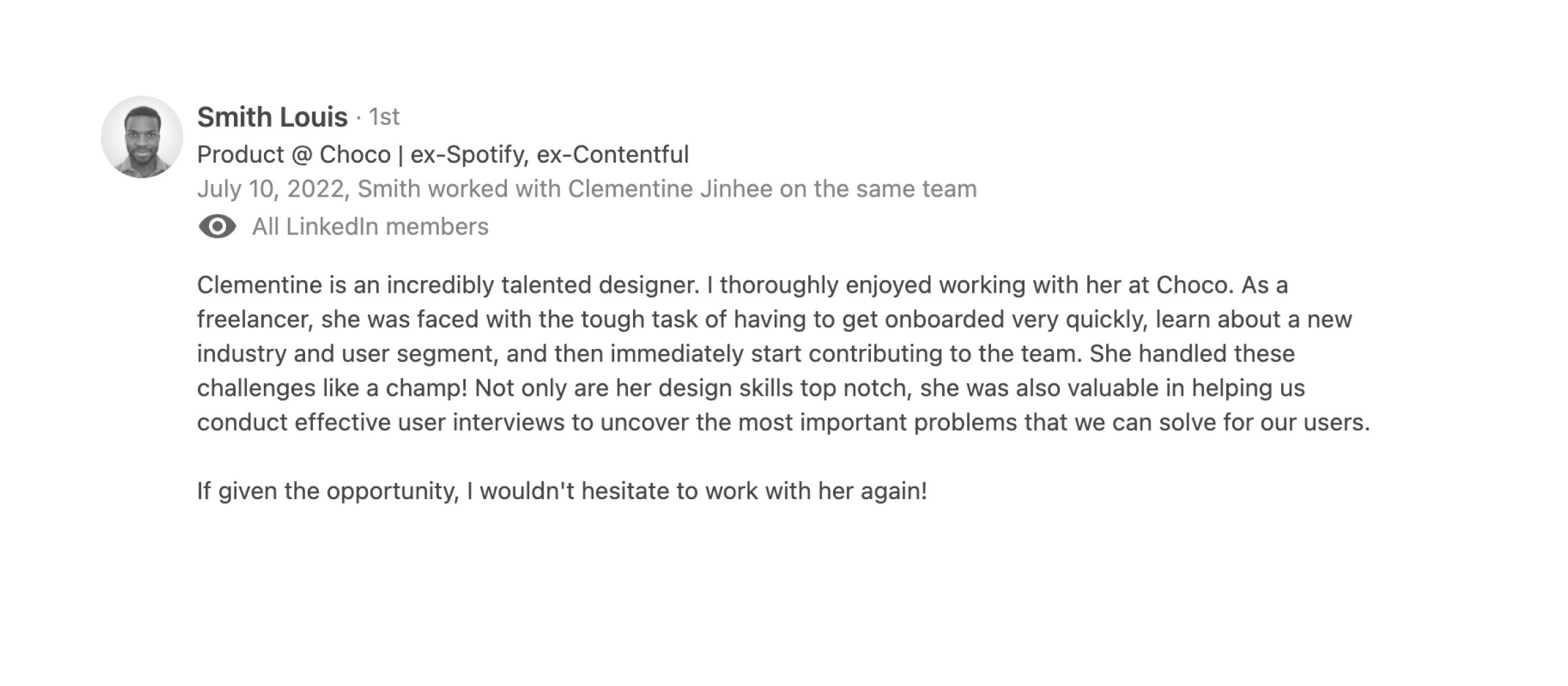

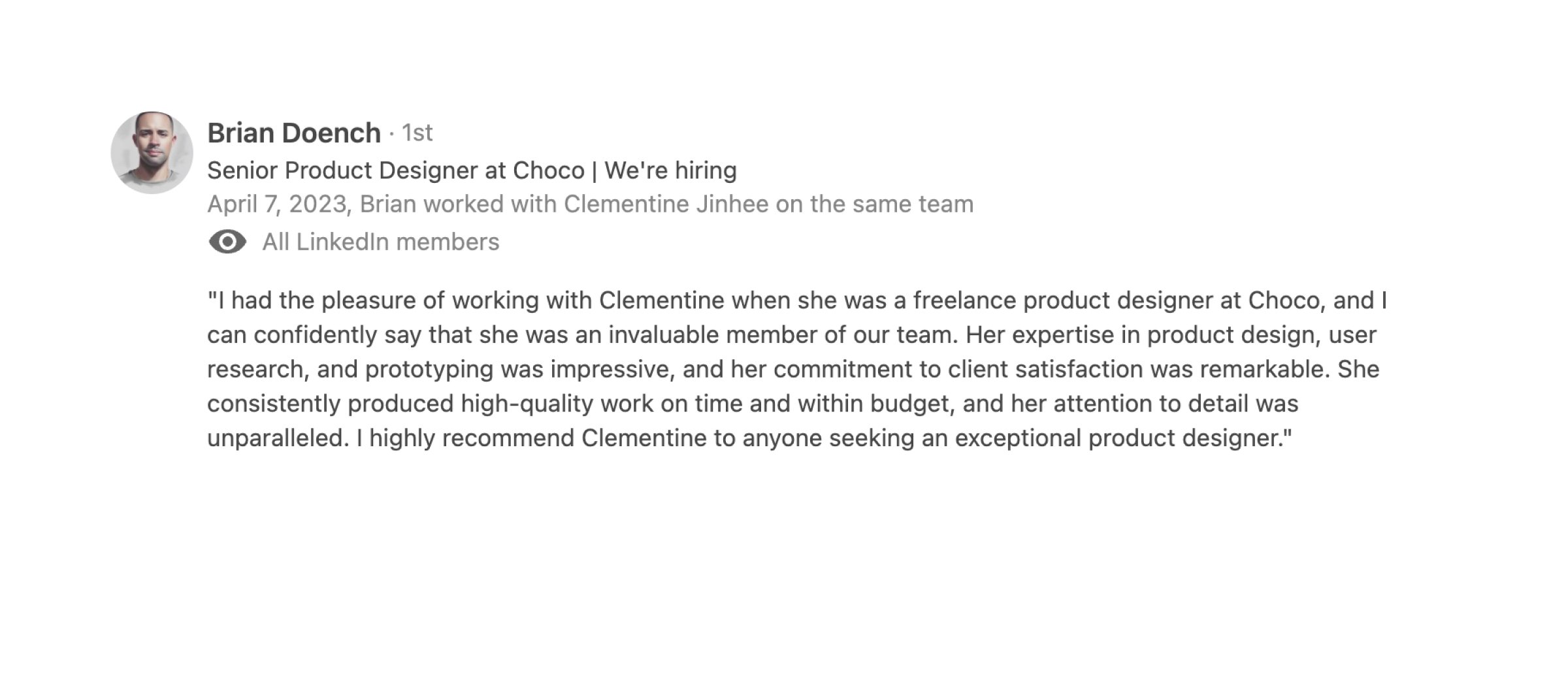

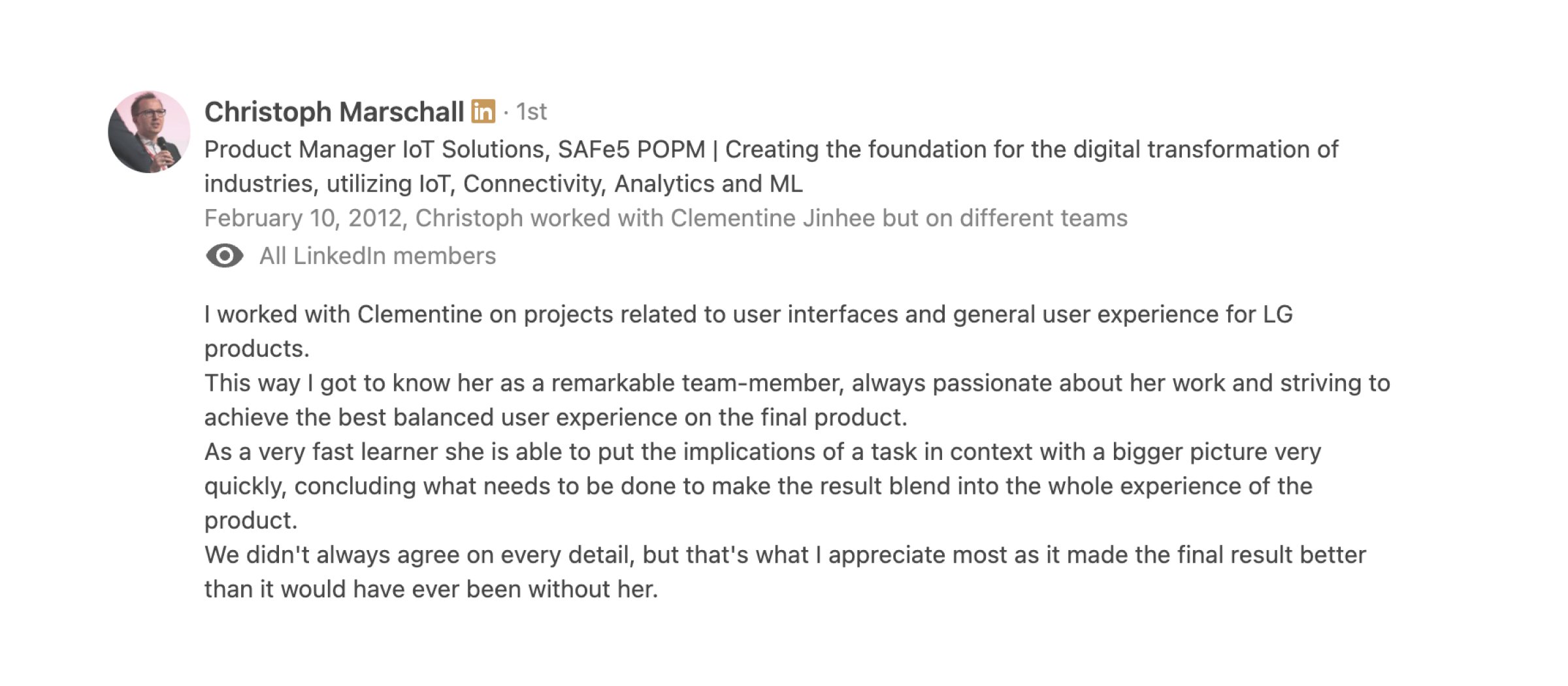
TOOLS
Like any designer nowadays, I work a lot with Figma, a powerful design & prototyping tool when you have to work in a remote digital workplace with multi-disciplinary teams across locations. For other types of collaboration like running workshops remotely, I use Mural, Miro, or Figmajam in Figma!
Jira, Github or Linear for collaboarting with the development. Notion, Confluence for documentation and project management. al these are these are platforms I’ve worked with for documentation and collaboration with other discplines.
Mid-journey and Generative AI I recently introduced into my work process for enhancing my productivity as well as creativity.
For general presentation, or highly strategy/research focused tasks, I use Google docs, sheets, slides as well as Keynote
I use Adobe Illustrator, Indesign, and Photoshop for specific design tasks like creating a vector-based design, retouching photos, or producing prints.
Before Figma became big, I worked a lot with Sketch for designing from low-fidelity to high-fidelity interface design, Marvel for quick click-dummies, and Principle for higher-quality ones with better motion and transition.





